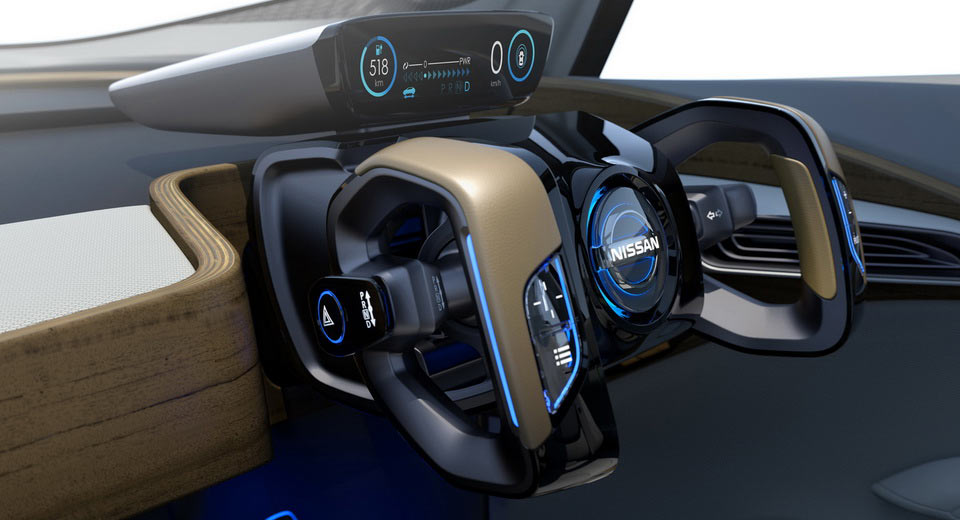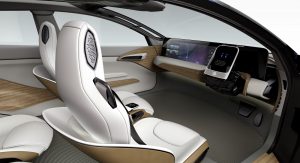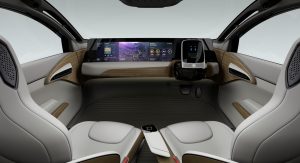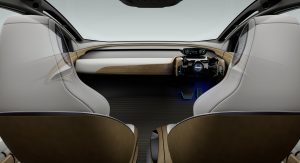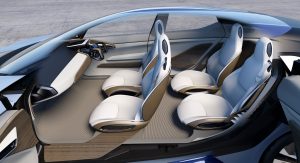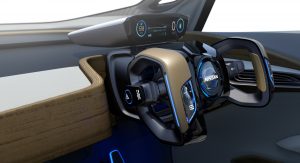While Japan’s JTEKT Corp currently makes around a quarter of the world’s steering systems, its president Tetsuo Agata knows that key changes will need to be made in order to better suit automated driving.
Agata thinks that the two main factors are redundancy systems and steer-by-wire technologies, as he expects his company to roll out new products in the next few years.
According to Autonews, the JTEKT boss says redundancy will improve the safety of autonomous cars, whereas steer-by-wire will make them more fun and easier to use.
What redundancy systems are, is the essential fail-safe that kicks in to steer a self-driving car if the main system malfunctions for some reason. “That is the reason for autonomous driving,” said Agata. “If you are grabbing the steering wheel, you are the redundancy system.”
He also said that steering systems need software and hardware backups. In software, autonomous steering systems require a backup circuit to kick in when the first breaks, whereas on the hardware side, a secondary steering motor is required to help out if the first fails.
“We have to complete such a steering system with these kinds of redundancies,” added Agata.
JTEKT is currently working to develop such a system as early as next year in order to meet most automakers’ goals of deploying fully autonomous vehicles in the 2020 time frame.
“We have to finish some kind of units around 2018 or so. Then we can approach customers. We have to be a bit ahead of the OEMs. It’s the way for us to survive.”
As for steer-by-wire systems, JTEKT is insisting that while autonomous cars don’t need these systems to function, they still benefit from having them.
Of course, then there’s the design factor, as a bulky steering wheel is pretty much useless in a car that can drive itself – which is why designers envision the driver’s seat of tomorrow as more of a mobile lounge than a cockpit.
“When autonomous driving comes, maybe the shape of the vehicle will change. Manufacturers don’t like a mechanical steering linkage because it takes away freedom of design. It occupies a very important portion of the car. It occupies prime real estate,” concluded Agata.
Note: Nissan IDS Concept interior pictured



